Here we look back at the calendar of lessons learned in 2020, where we collected the most outstanding articles on the coronavirus and the repercussions of the pandemic in different areas of society: health, economy, research, and even in psychology and urban planning.
At OpenMind we have lived 2020 awaiting notice on one word: Coronavirus. The COVID-19 pandemic began to make headlines earlier this year, but then the news seemed to report a parallel universe reduced to the Chinese city of Wuhan. However, in a few weeks, the SARS-CoV-2 virus made the leap to Europe and from there to the rest of the world to draw a very homogeneous panorama of infections throughout the planet. And it was at that moment when we understood the true meaning of the word pandemic, emergency, crisis, and, above all, the importance of one tool: science.
MARCH. The beginning: Facing the enemy
One of the first questions we tried to solve was: What does science know about the coronavirus and what has it achieved in its fight against the disease? It was the key question to embark on a long road towards eradicating the coronavirus where we also analyzed science´s challenges and tools in this battle. In addition, we look back and analyze 3 historical discoveries that allowed us to fight against COVID-19 which were developed centuries ago by Edward Jenner, Louis Pasteur and Joseph Lister,precursors of immunology, the germ theory of infectious diseases and asepsis, respectively.
One of the first key pieces of information was revealed according to the genome of the virus: 79.6 percent identical to the SARS virus and 96 percent identical to the bat coronavirus, so it was assumed that it had been transmitted from this animal to humans through another species not yet confirmed – the pangolin was suggested, but it is still being questioned.
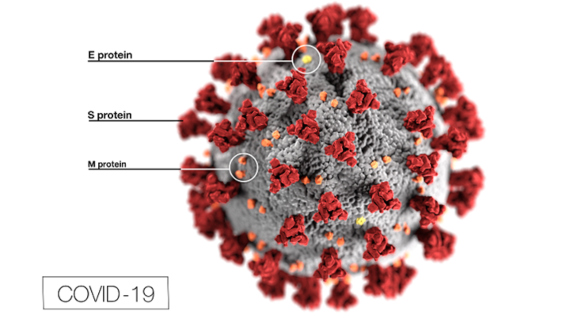
APRIL. Dissecting COVID-19
Given the confusion generated by the sudden outbreak of the pandemic, one of the first sources of information we provided aimed to clarify truths, rumors and lies about the origin of the coronavirus and to concentrate on what science could prove. In addition, it was necessary to dismantle the idea that the natural virus had escaped from a laboratory and to raise awareness about the danger of conspiracy theories: they are based on the fact that they are, in themselves, irrefutable.
The first hopeful approaches saw a ray of light too soon, especially those related to new vaccine technologies, such as the use of RNA and DNA, which are making it possible to accelerate the commercialization process of vaccines, which until now required an average of 16 years, and initial observations on the potential for an environmental impact due to the pandemic.
One of the first questions that arose due to the pandemic was the instinctive need of finding safe places to take refuge, and we attempted to solve many of them through an interesting selection of books to orient ourselves in the pandemic and in the new world it would leave behind. Simultaneously, one of the main scientific concepts that we have had to become familiar with has been zoonosis, a process responsible for many of the great pandemics in history. As in the case of COVID-19, many diseases are transmitted resulting from a leap from an animal species to humans, either through direct exposure or the consumption of foods derived from certain animal species.
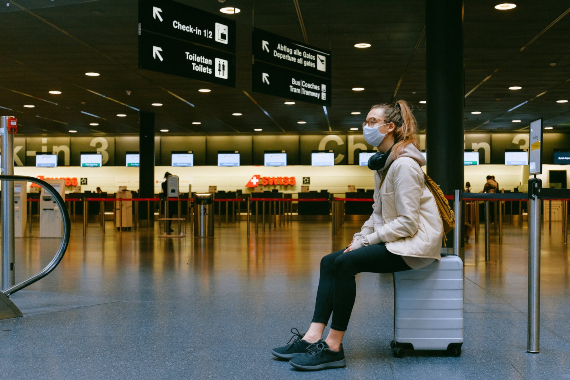
Faced with this health emergency, innovation has consolidated in this crisis as the alternative to the dilemma between health and economic progress, thanks to scientific advances in nanotechnology and new materials, among others. Beyond the technical part, management and administration have also had to reinvent themselves, something that Rafael Pinilla, a doctor and economist in charge of running a medicalized hotel in Alicante, told us first-hand.
MAY. A month for hope: Science and technology in the face of COVID-19
COVID-19 has changed science and demonstrated that a multilateral collaborative approach is needed on an unprecedented scale. As research hibernated in many areas, scientists were joining forces against the coronavirus. Something that remains a mystery is what makes someone immune to the virus, although we have collected developments in various existing tests to diagnose COVID-19 and other weapons, such as Good Data and the use of data to stop the pandemic.
As the pandemic evolved, another great unknown arose: What factors does being asymptomatic or becoming seriously ill with this disease depend on? And another fundamental question, which has not ceased to resonate in the consciousness of doctors, politicians and specialists: What went wrong with the COVID-19 pandemic? Why was everyone waiting for it yet no one was prepared.

In addition, we delved into the friendlier sides of the viruses by analyzing scientific solutions inspired precisely by them, as well as the unknowns about how COVID-19 can change the birth and biology of babies, a generation that some in the media are already calling “pandennials.” We also continued to dissect the path to the greatest of scientific hopes against COVID-19: the vaccine and the long road of clinical trials.
JUNE. Reflection: past and future of pandemics
Although it is now clear that the virus has changed the scientific system, shaking up the traditional publishing system, we also look back now to understand what we learned from past pandemics to avoid future ones. Just as the bubonic plague or cholera brought new uses and customs such as the chlorination of water or the end of shared use of cutlery, COVID-19 will change the way we are in the world, especially in terms of materials for sustainability and our relationship with nature and especially with animals.
JULY. Beyond the present: the post-COVID-19 world
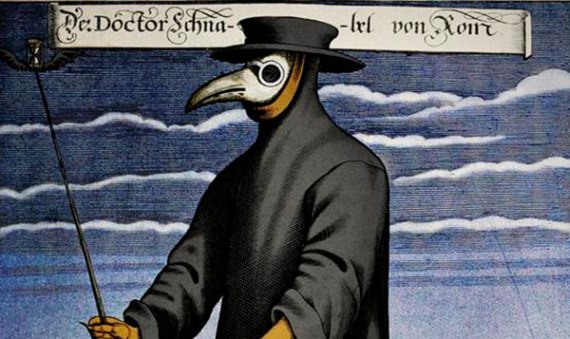
Another of the marks that this pandemic will leave on our future is its mental health repercussions, a consequence of an unprecedented situation in the lives of millions of people where social isolation and confinement were enforced. It is impossible to forget those who have left us, and the doubts regarding the death count methods, something that, reviewing history, Wade Hampton Frost already anticipated in the context of another pandemic of less magnitude, the 1918 Flu. If something will undoubtedly change after this year full of lessons, is the way we fight against viruses: antivirals, vaccines and new keys to surviving these pathogens will become more and more relevant.
AUGUST. The moment to analyze reactions to the pandemic
Stopping the spread of the virus and controlling it while public life continues as normally as possible will be the great challenge at the start of the second decade of the 21st century. At OpenMind we have analyzed different strategies: Sweden´s non-confinement, where their Constitution prevents restricting the free movement of citizens in peacetime, or in the extraordinary case of New Zealand, where it reached 100 days without community transmission. In addition, as studies of different vaccines in progress develop, we returned to historical analysis on vaccinations in our podcast: according to the WHO, there are currently vaccines available for a total of 26 diseases.
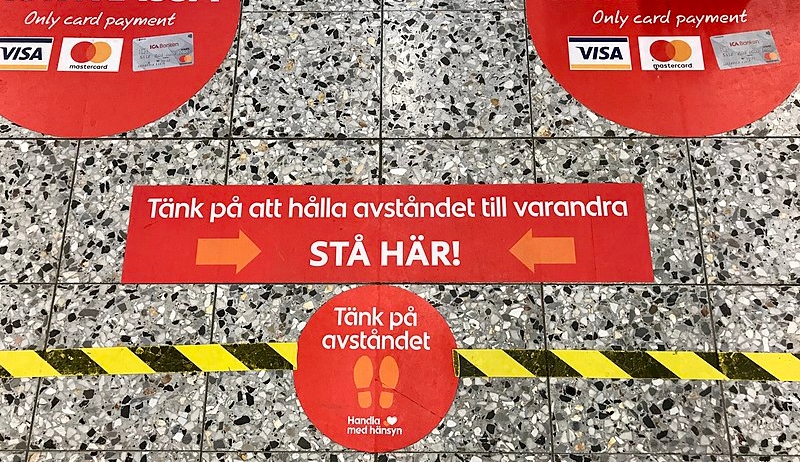
SEPTEMBER. COVID vaccines and misinformation
Curiously, one of the animal species most threatened by COVID is the Atlantic horseshoe crab, which after surviving several mass extinctions is besieged by the biomedical industry for its enormous properties, something that could place it in the crosshairs of science against COVID-19.
After the summer, we delved once again into one of the worst effects of the pandemic (after the health repercussions and deaths): the waste generated has already invaded the oceans and it is estimated that there could already be more masks than jellyfish in the waters of the Mediterranean. Faced with this reality, it is crucial to understand how to combat the pandemic without worsening the health of the planet. In addition, with the passage of time, another coronavirus repercussion comes out: that of disinformation, an issue that we returned to in our podcast, analyzing the concepts of fake news, fake science and infomedia.
OCTOBER. Beyond health: energy, nature and sustainability
Another of the pending unknowns about the coronavirus has been its seasonality, an issue that will require the passage of time in both hemispheres to understand its relationship with the weather. And, in addition, the concept of group immunity is revealed as a double edged sword after months of observation of infections.
It´s precisely the passage of time that allows for a better perspective for the analysis of the ravages of COVID-19 on the Sustainable Development Goals, or the consequences that confinement had for nature and biodiversity, as well as how the health crisis will affect the future of energy (which we have also outlined in this infographic) or the interdisciplinarity of science, a necessary trend consolidating as the pandemic advances.
NOVEMBER. Sustainability, public health and science against viruses
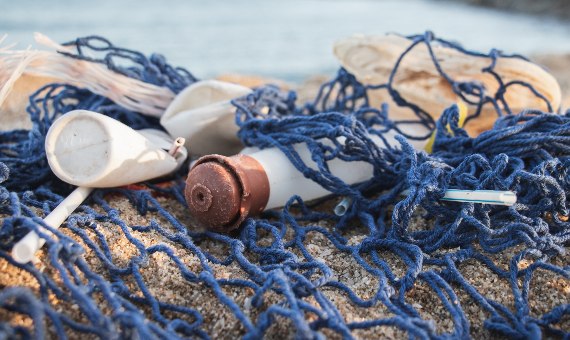
The passage of time undoubtedly allows us to approach the origin of the pandemic with a different perspective, so that we delve into the science behind viruses and how we can also take advantage of them scientifically for progress. Viruses are currently powerful biotechnological tools used as molecular vehicles for vaccines and drugs, but they also offer possibilities, whose potential has not yet been exploited, for fighting against infections.
Another “positive” consequence of the pandemic is that it has allowed us to place sustainability and our relationship with the environment at the center of public debate. To understand this relationship, we spoke with Jaime del Barrio, a doctor and public management specialist, who defends that, “None of the SDG goals can be achieved without an adequately healthy environment.”
DECEMBER. Tomorrow’s World: Redefined by COVID-19?
And another question that we are confronted with at the end of a year that has changed our routine and the relationship dynamics with our environment in which millions of people live is the need to maintain and enhance the good of large cities. But we ask, is it possible to design safer cities against epidemics?
Comments on this publication